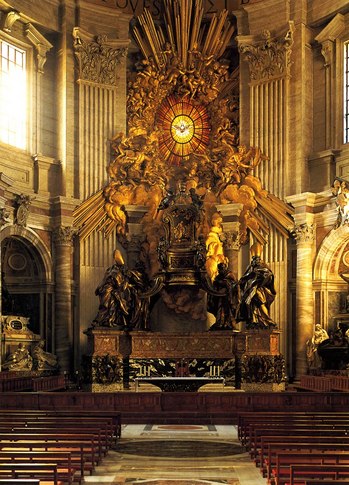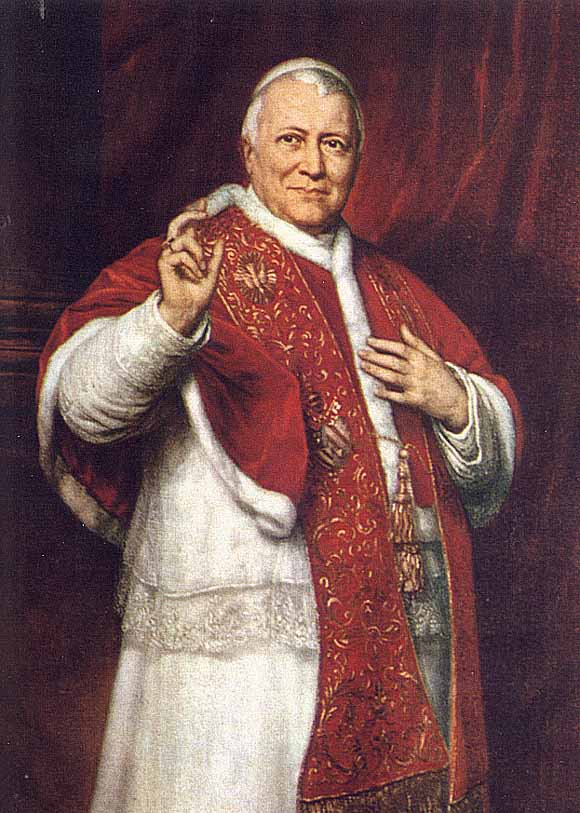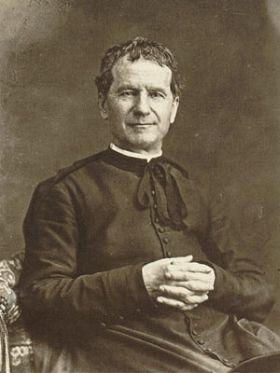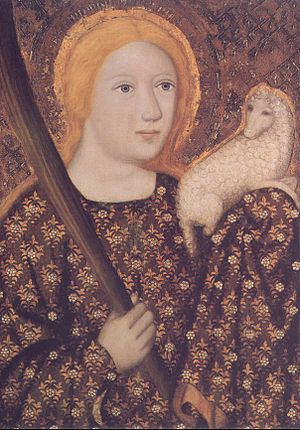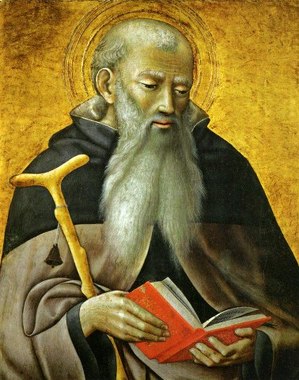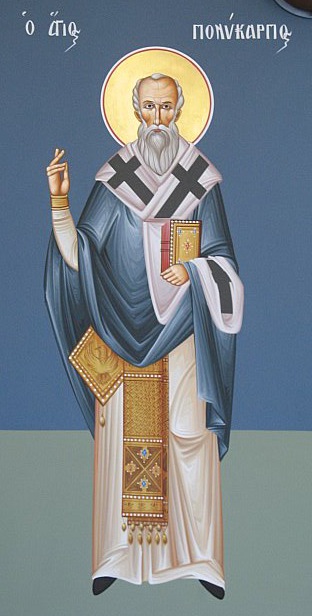
Saint Polycarp‘s rich writings point to one thing: a sharp focus on Jesus Christ as the only thing we ought to be concerned with today. Nothing else really matters….
Polycarp (AD 69-155) was a bishop of Smyrna and martyr of the Church. He was a disciple of the Beloved Disciple John who ordained him a bishop. Polycarp’s life and work are attested to by Irenaeus, Tertullian and Jerome. He is called an Apostolic Father along with Saint Clement of Rome and Saint Ignatius of Antioch.
Saint Polycarp’s witness is key in knowing the early Church’s life and how we work in building up the Kingdom today. The saint was instrumental in bring others to Christ.
This excerpt tells us of his call to greater conversion in the Lord.
“… if we do His will and walk in His commandments and love the things which He loved, abstaining from all unrighteousness, covetousness, love of money, evil speaking, false witness; not rendering evil for evil or railing for railing or blow for blow or cursing for cursing; but remembering the words which the Lord spake as He taught; Judge not that ye be not judged. Forgive, and it shall be forgiven to you. Have mercy that ye may receive mercy. With what measure ye mete, it shall be measured to you again; and again Blessed are the poor and they that are persecuted for righteousness’ sake, for theirs is the kingdom of God.”

